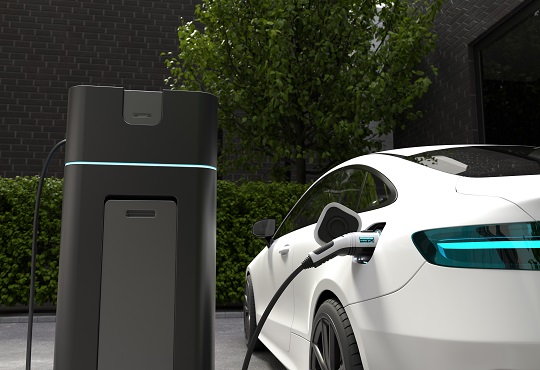EV Makers Aiming For Price Reduction by Innovating Cheaper Batteries
CIOTechOutlook Team | Monday, 22 January 2024, 11:39 IST
 The electric vehicle battery market will grow from US$132.6 billion in 2023 to US$508.8 billion by 2033, representing a CAGR of 14.1%. Recent advances in the electric car market have led to higher standards in the battery market. Although these batteries are expected to improve the performance and range of EVs, the limited range of EVs, the significant charging time required, the high cost of EV batteries and the limited availability of charging stations make users hesitant to choose EVs over ICE vehicles.
The electric vehicle battery market will grow from US$132.6 billion in 2023 to US$508.8 billion by 2033, representing a CAGR of 14.1%. Recent advances in the electric car market have led to higher standards in the battery market. Although these batteries are expected to improve the performance and range of EVs, the limited range of EVs, the significant charging time required, the high cost of EV batteries and the limited availability of charging stations make users hesitant to choose EVs over ICE vehicles.
As a result, EV battery makers are concentrating on overcoming these challenges by developing new batteries with creative, fast, and rapid charging technologies. Besides, there are improvements in manufacturing processes, including automation and novel assembly techniques, which aim to reduce costs and enhance the scalability of battery production. This includes innovations in electrode manufacturing, cell assembly, and pack integration such development is also expected to play a significant role in market growth, as per MarketsandMarkets.
The cylinder segment is expected to register the highest CAGR during the forecast period. Cylindrical batteries are known for their durability and strength. Compared to other forms of battery for electric vehicles, cylindrical cells are the cheapest because their housing allows excellent protection and provides effective mechanical resistance to external and internal stresses. According to Laserax, electric cars equipped with cylindrical cells have an average of 5,000 to 9,000 cells.
This is in sharp contrast to sac cells, which have only a few hundred cells and an even smaller number in prism cells. OEMs are also adopting cylindrical batteries, for example Tesla uses cylindrical batteries because of their reliability and durability. In January 2023, General Motors also considered using cylindrical batteries in addition to electric car bags.
























































.jpg)
.jpg)








.jpg)

.jpg)

.jpg)
.jpg)



.jpg)


.jpg)





























.jpg)

.jpg)
.jpg)

.jpg)
.jpg)

































.jpg)

.jpg)



















.jpg)
















.jpg)












































































































